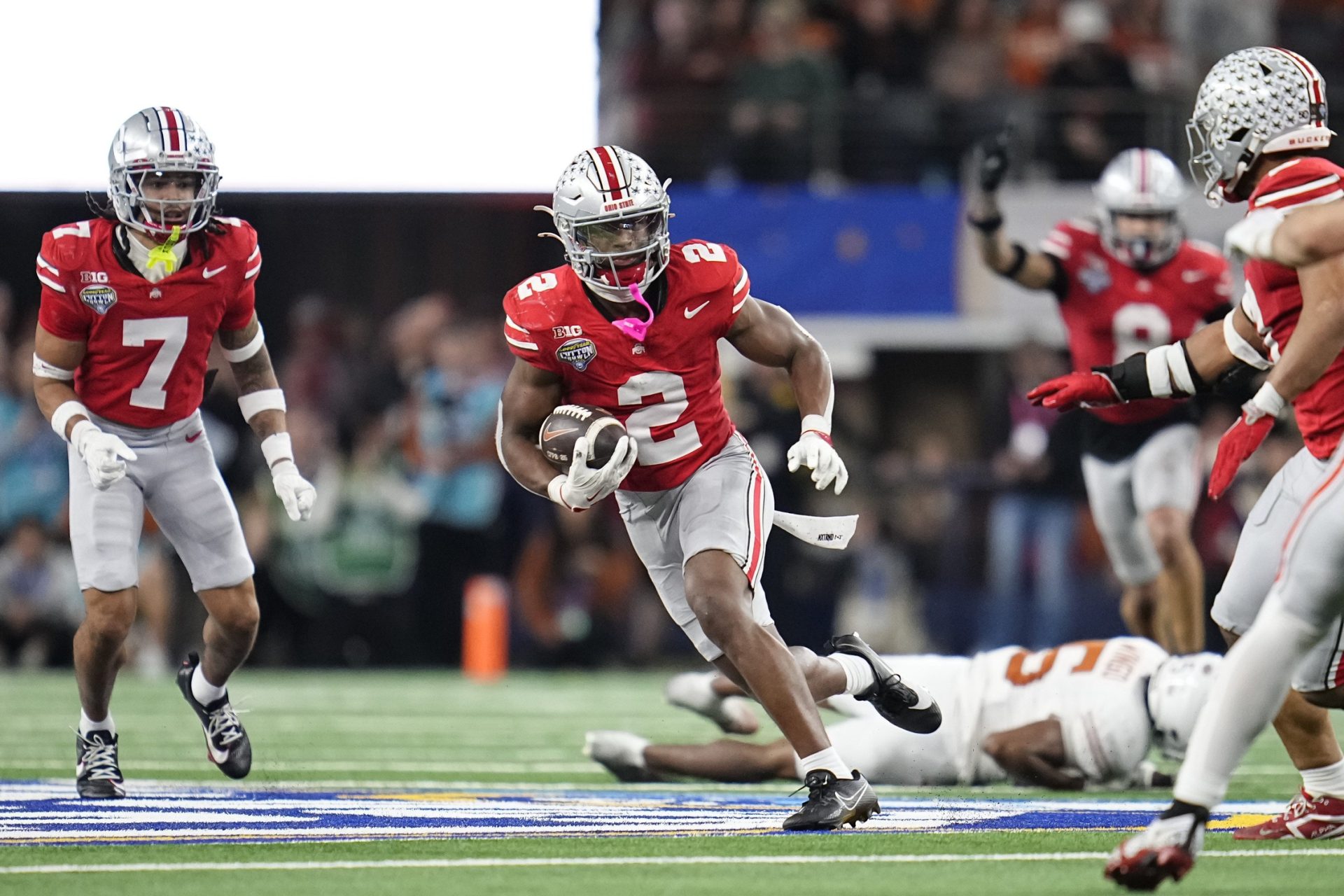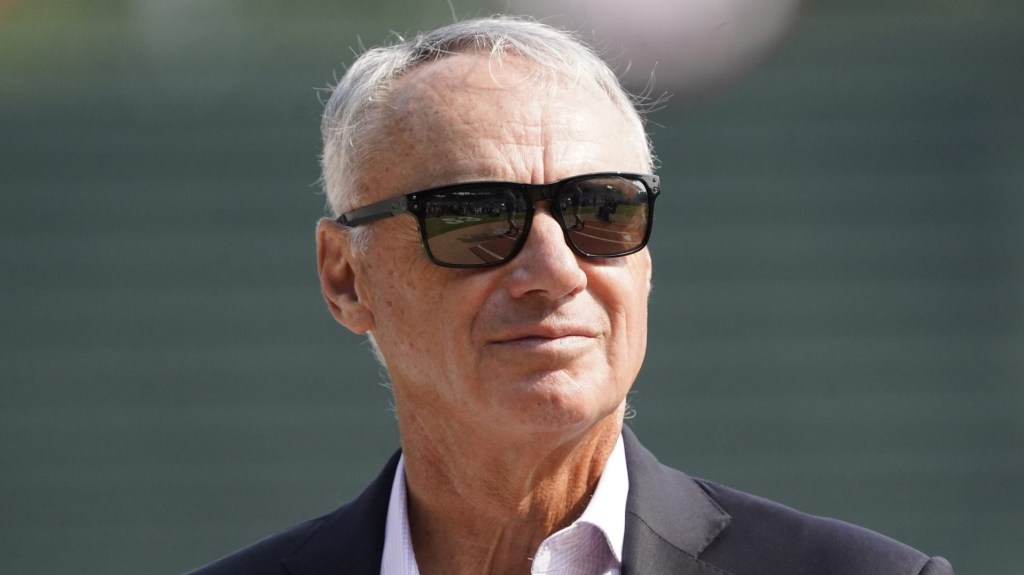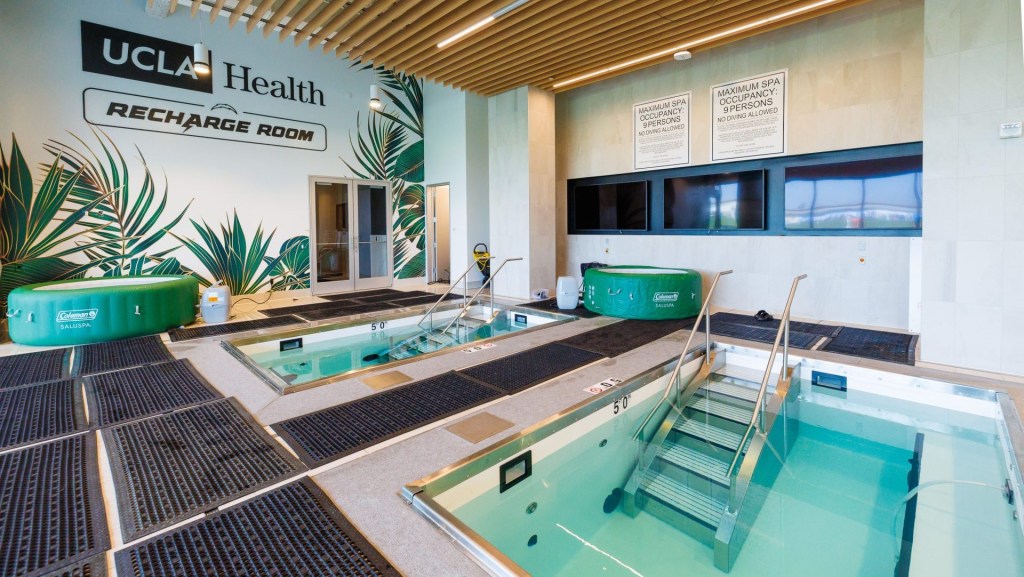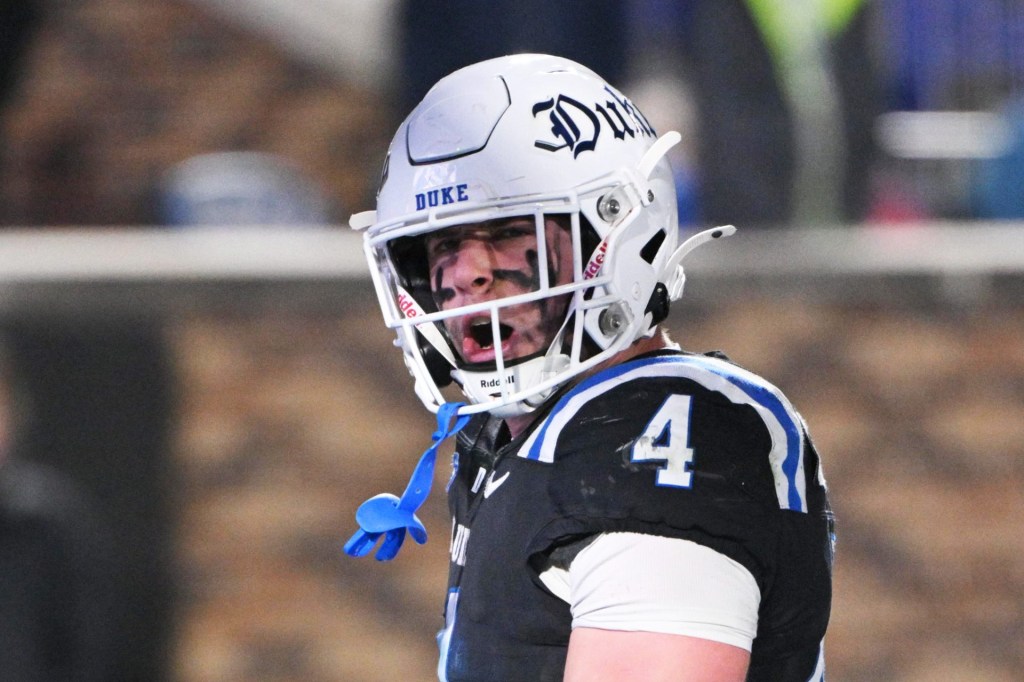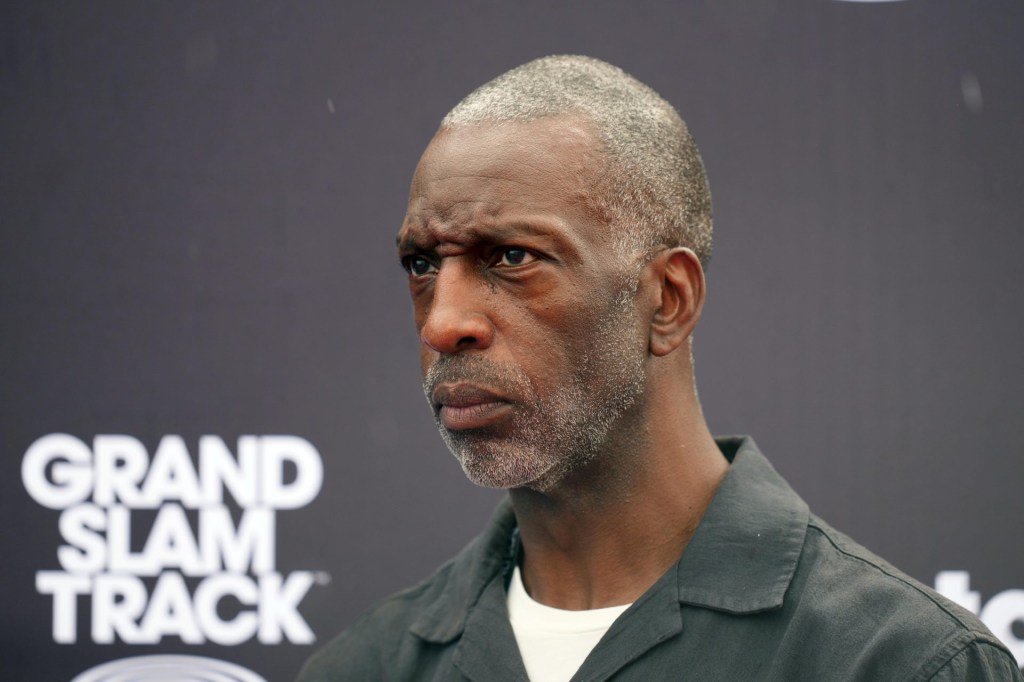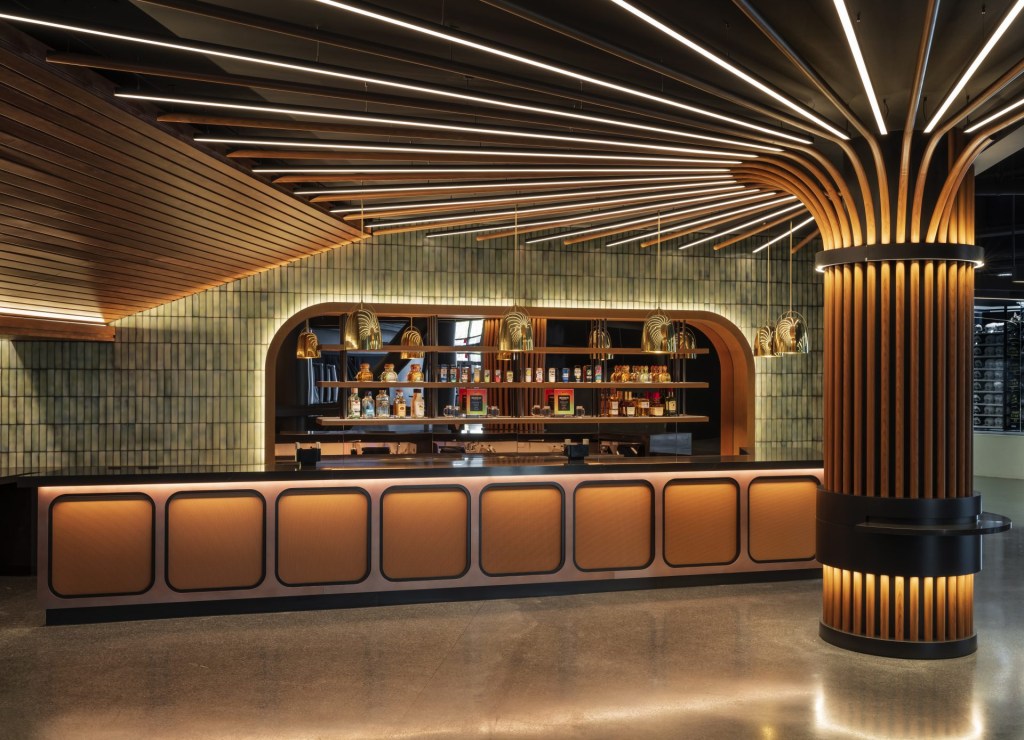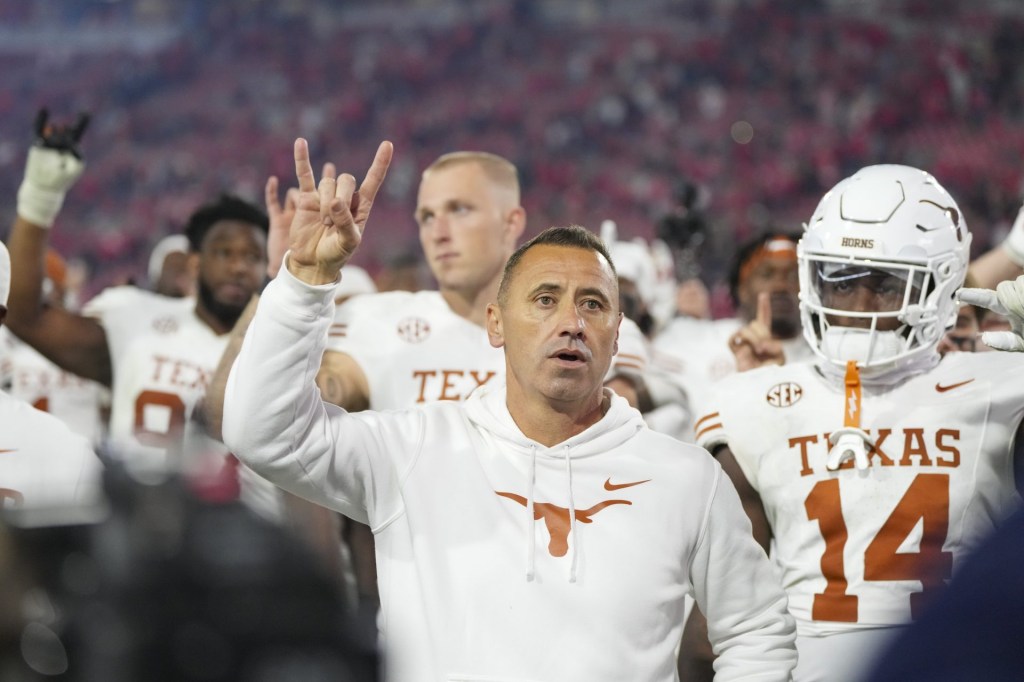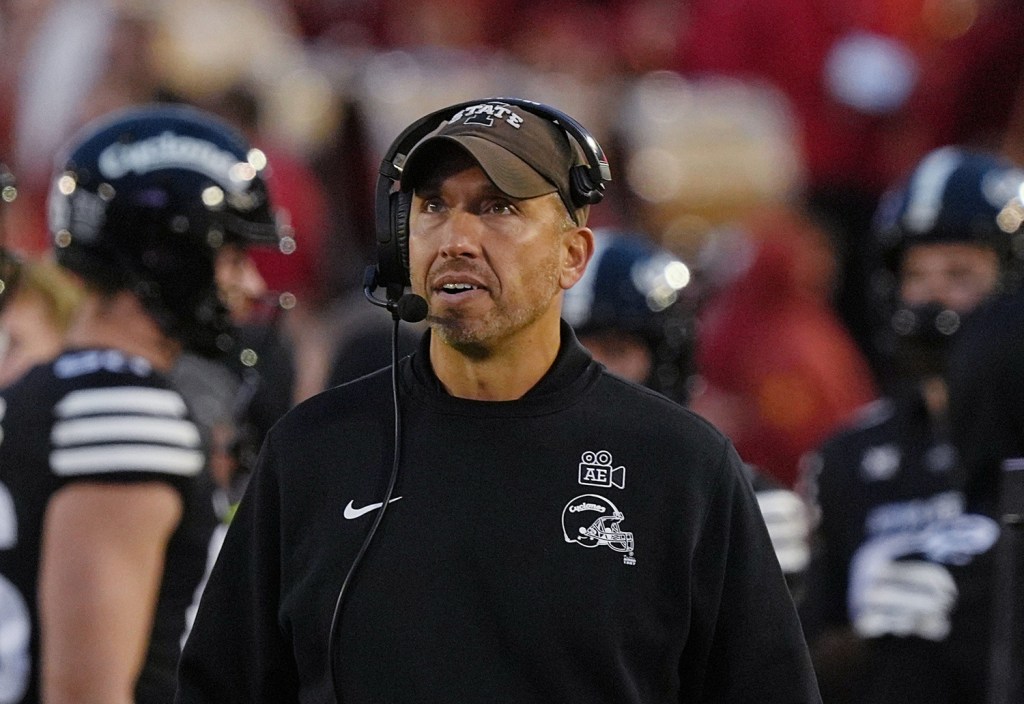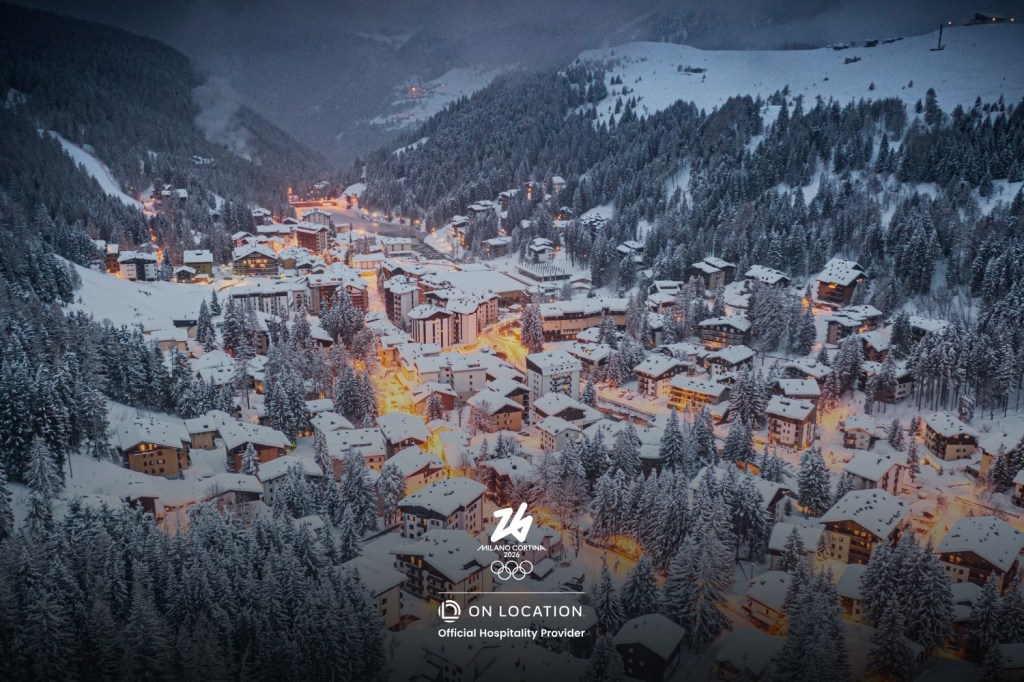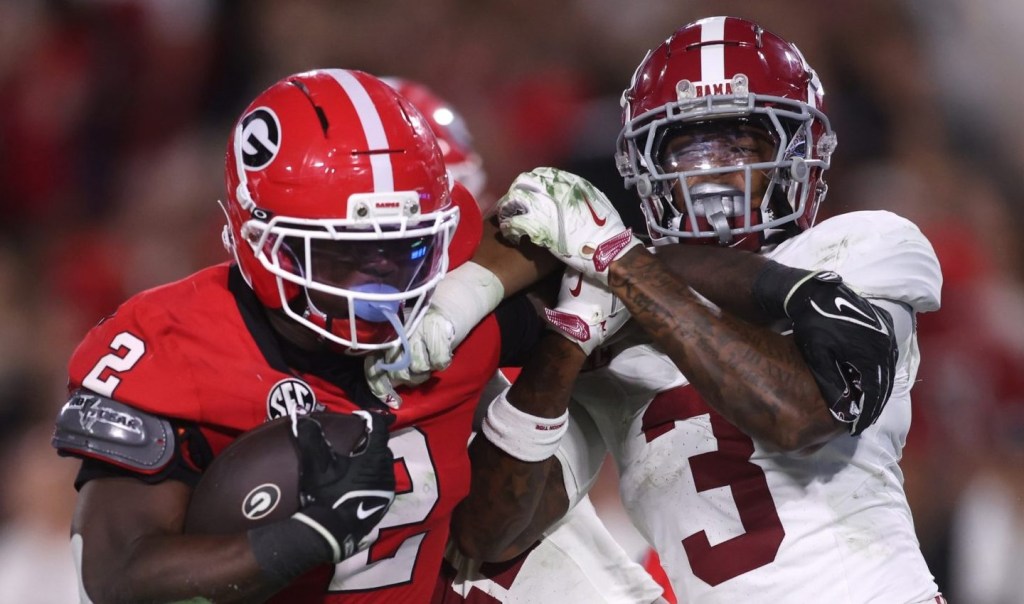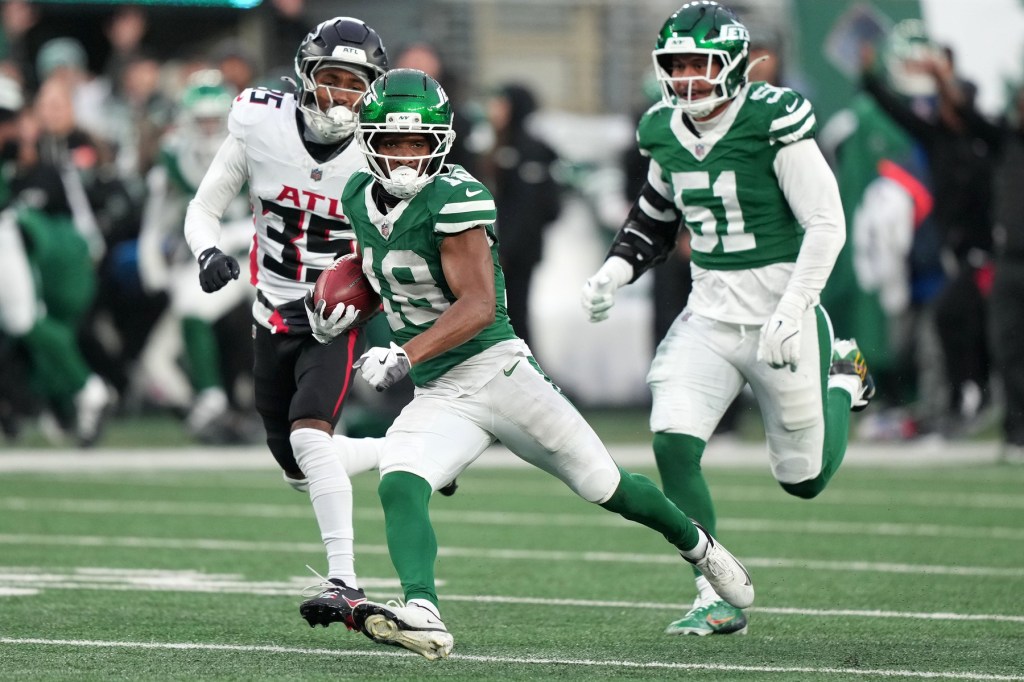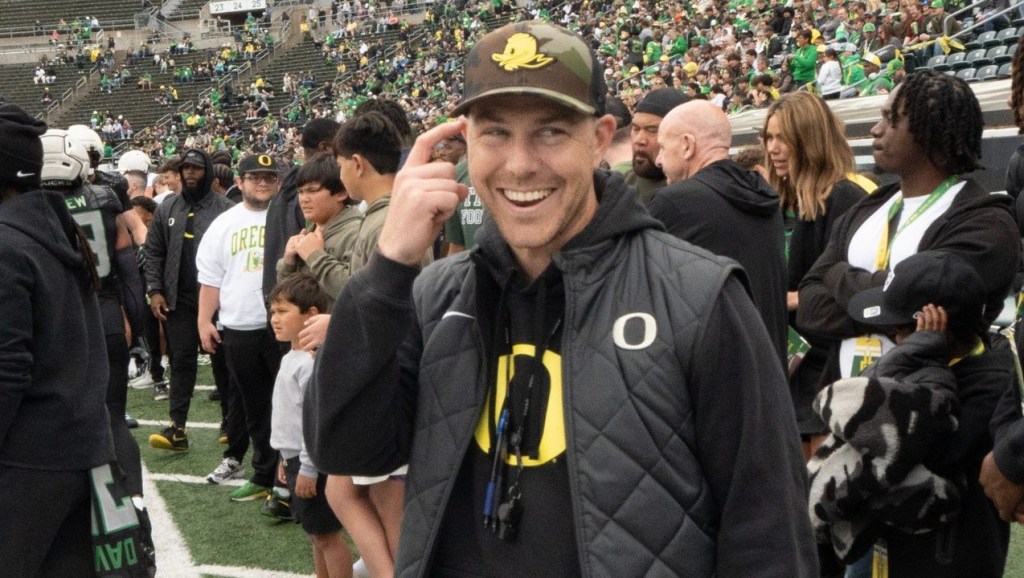On June 6, the House v. NCAA settlement was finally approved after a lengthy approval process that took nearly a year.
The settlement heralds a landmark shift in the college sports business model. Most notably, it will allow schools to pay players for the first time in NCAA history. The settlement has many other consequential provisions, from imposing restrictions on NIL (name, image, and likeness) collectives to redefining the rules around roster limits.
Front Office Sports has reported on the settlement from the beginning. Here’s everything you need to know about the settlement and what it means for the future of college sports.
What is the House v. NCAA case?
In 2020, former Arizona State swimmer Grant House and former TCU basketball player Sedona Prince (known for filming a viral TikTok about NCAA gender inequity) filed the case against the NCAA, Big Ten, SEC, Pac-12, ACC, and Big 12. (Other named plaintiffs, including former Illinois football player Tymir Oliver, were added later.) The case was filed in the Northern District of California, the same venue as the other antitrust suits against the NCAA—including the Supreme Court case over athlete educational benefits, NCAA v. Alston. Northern District of California Judge Claudia Wilken, who presided over the House case, also presided over Alston and the landmark O’Bannon v. NCAA case over athlete NIL rights.
The plaintiffs in House v. NCAA argued that athletes who didn’t get to earn NIL money before the NCAA changed its rules in 2021 deserved damage payments. And, going forward, they wanted to force the NCAA to classify broadcast revenue as a form of NIL, given that players’ faces and likenesses appear during games, instead of a salary or direct compensation. That would create a system of revenue-sharing. The settlement got preliminary approval in October and final approval on June 6, with Wilken calling it “outstanding” that lawyers were able to negotiate on behalf of players.
The settlement includes two other class action lawsuits, Hubbard v. NCAA and Carter v. NCAA. What do those cases argue?
Hubbard v. NCAA argues that athletes deserve to be paid “Alston payments” if they didn’t receive them before the payments began in 2021-22. The Alston payments came out of the Supreme Court case, which allowed schools to offer cash benefits (above the full cost of attendance) of up to $5,980 per athlete per year. Carter v. NCAA argued that players should be able to negotiate benefits based on their academic record.
What are the major terms of the House v. NCAA settlement?
$2.8 billion in damages: The settlement offers these damages to players who couldn’t earn NIL money before the NCAA changed its rules in 2021, distributing money based on formulas agreed upon in the settlement. The parties came up with $2.8 billion in their negotiations—much less than the NCAA and power conferences would have to pay if they lost at trial.
Revenue-sharing: It also allows schools to share a portion of their athletic department revenue (earmarked as NIL earnings from appearing on broadcasts) with all players over the next 10 years. The first cap on revenue-sharing, beginning in 2025-26, would be $20.5 million, with incremental increases annually.
NIL clearinghouse: The settlement imposes new restrictions, however: The NCAA has established a clearinghouse for NIL deals offered by boosters and NIL collectives, with the ability to reject deals that may look like “pay for play.” The clearinghouse is run through software created by Deloitte, and will have an appeals process managed by an independent group created by the NCAA.
Roster limits: The settlement would also eliminate scholarship limits—but impose roster limits in their place. Hundreds of walk-on athletes and athletes offered partial scholarships have lost their roster spots in anticipation of this policy.
Lobbying provision: Finally, the settlement imposes a federal lobbying gag order of sorts on plaintiff counsel. The settlement essentially says lawyers for the college athletes—who have sued the NCAA—-must support any legislation in line with the settlement, and remain publicly neutral on key related issues, like athlete employment. The provision, laid out in a short paragraph in Article 7 of the settlement, aims to ensure the plaintiffs’ lawyers won’t disrupt the yearslong, multimillion-dollar federal lobbying campaign in Congress the NCAA and Power 5 conferences have waged to protect amateurism and rein in the athletes’ rights movement.
What issues does the settlement NOT address?
The settlement attempts to control the amount of money schools can offer players through NIL deals that have become de-facto pay-for-play agreements. But it doesn’t address what many college coaches believe is the most pernicious change: the lack of transfer portal restrictions, which have created a system of unrestricted free agency. Litigation brought by several attorneys general in 2023 forced the NCAA to eliminate all restrictions on athlete transfers—this means athletes can transfer as many times as they want without penalty so long as they have eligibility. (However, even those eligibility rules are being challenged by a slew of ongoing federal court cases.)
It also ignores the biggest existential question in college sports: Whether any and all athletes should be considered employees, and whether college athletes should be allowed to unionize and collectively bargain.
Judge Wilken mused during the final approval hearing that collective bargaining might be the best solution to fix the major issues in college sports—but noted that that wasn’t at issue in the House case.
Is everyone on board with the settlement?
There’s broad consensus that the revenue-sharing and back-damages portion of the settlement is a step in the right direction. (Non-power conference commissioners expressed concern over its terms last fall, but ultimately decided to get behind it.)
The issue of roster limits emerged as a point of contention.
Since the settlement got preliminary approval in October, hundreds of current and former athletes, as well as their parents, wrote to Wilken saying the NCAA’s imposed roster limits led them to lose walk-on or partial scholarship spots across many sports, from football to swimming. Schools have already begun revoking offers to prospective recruits in anticipation of these new limits, and cut current athletes from teams whose rosters would have to shrink starting next year.
Wilken had said she wouldn’t approve the settlement unless counsel could ensure that no current or prospective athletes who have already been offered roster spots would lose them.
As a result, the NCAA and power conferences agreed to a policy that would exempt several groups of athletes from being counted toward the new roster limits. One group included players in the class of 2025 who had been “assured” roster spots but lost them as a result of the settlement. Another includes athletes who played on college teams in 2024-25 and had spots on next year’s teams, but lost them as a result of the settlement.
The controversial part of this solution: Schools wouldn’t be required to reinstate players on their rosters.
How have athletes, advocates, and industry experts responded to the settlement besides roster limits?
There have been other objections, though Wilken has said she ultimately won’t entertain them.
Female athletes argued that the damages and injunctive relief claims would short-change women’s sports athletes, creating an unfair ecosystem for female athletes and potentially triggering Title IX violations because women’s sports athletes would theoretically receive less money than football and men’s basketball players in damage payments and revenue-sharing.
Others, including the Department of Justice under former President Biden, expressed concern that the settlement itself would create even more antitrust violations with some of its new restrictions, like the cap on revenue-sharing. Though NIL collective operators were not parties to the settlement and couldn’t submit formal objections, they’ve argued that the clearinghouse could create antitrust issues as well.
There’s been concern that international athletes aren’t allowed to earn NIL money without violating their student visas. What about revenue-sharing?
International athletes on student visas may be in violation of U.S. immigration laws if they accept revenue-sharing payments this July. It’s a concern that could impact tens of thousands of international NCAA athletes, most of whom generally use student visas.
If they violate their visa status and their visas are revoked, the consequences could go much further than lost NIL earnings. They’d be at risk of losing the opportunity to study in the U.S., as they’re required to either change status or leave the country within 30 days. After that, they could be deported—or even get hit with a reentry ban if they stay longer than six months beyond the revocation of their visas.
How are schools preparing for the revenue-sharing era?
Some schools are searching for new and innovative revenue streams to ensure they can reach the $20.5 million maximum. They’re also hiring new employees—specifically general managers or salary cap managers who can help with revenue-sharing. Some schools are implementing more drastic measures: Boise State plans to offer revenue-sharing dollars from the school’s foundation, rather than the athletic department itself. Kentucky announced it will spin its entire athletic department off into an LLC. Basketball-only schools are particularly excited about the settlement because they say the salary cap could give them an advantage over programs that have to split the money with football teams.
Meanwhile, conferences and schools have begun creating revenue-sharing “contracts” that players have started to sign ahead of the post-House era this fall. NIL collectives have been rushing to front-load their deals with athletes so they won’t be subject to the NIL clearinghouse. Collectives have also begun recalibrating their business offerings to ensure that any money they offer athletes will come with enough NIL activities (e.g., autograph signings, exclusive content offerings) to be considered legitimate marketing deals and not just pay-for-play.
Is the settlement antithetical to the NCAA’s entire business model of “amateurism”?
The governing body and power conferences have agreed to the settlement to save billions in damages they would lose at trial. They’re also trying to maintain some control over future compensation rules—through the clearinghouse and roster limits, for example.
But ultimately, the NCAA hopes the settlement will compel Congress to pass a law to protect it from future lawsuits over compensation. Without a federal law, the NCAA is still dealing with the unrestricted transfer portal and the question of athlete employment status. NCAA President Charlie Baker said he hopes lawmakers will see the settlement as proof the NCAA has agreed to make changes, and that Congress should step in to fix remaining issues. The settlement also includes the lobbying provision that ensures plaintiff counsel, who frequently work with lawmakers, won’t work against the NCAA’s yearslong federal lobbying campaign.
The end goal: to rein in the athlete rights movement.
What’s the current status of the settlement?
The settlement was approved June 6. “The settlement agreement here reflects compromises that were made in light of those legal Precedents [referring to previous cases], which demonstrate that success at trial can mean that student-athlete compensation restrictions may be lessened but not eliminated,” Wilken wrote.
Also on that day, the conferences formally launched the College Sports Commission, an organization that will enforce the terms of the House settlement. Former MLB executive and U.S. attorney general Bryan Seeley was named CEO of the group, and will be tasked with “building out” an investigative arm and an enforcement arm.
Several days after the settlement was approved, a group of eight women athletes filed an appeal of the back-damages portion of the agreement, arguing that it violates the Title IX gender equity statute. The back-damage payouts will be delayed until the appeal receives a ruling, but the rest of the settlement can go forward.
